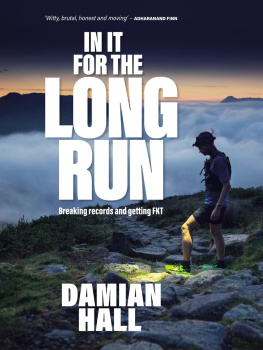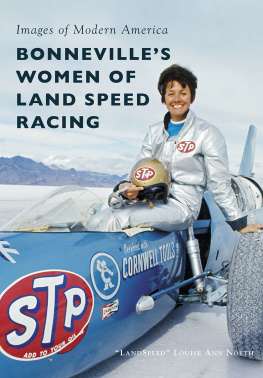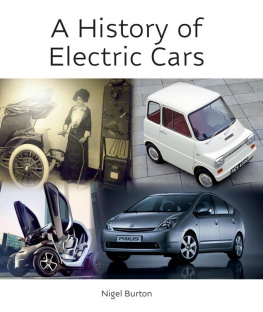THE BEGINNING
F rom the days of horse-drawn transport to the steam era, and then to the motorcar and motorcycle, humans have strived to travel ever faster. Once motorised transport had become our preferred means of getting about independently, very soon the idea of travelling from one place to another turned to how fast can we get there? Mankinds fascination with speed had found a new arena in which challenges could be set and records broken.
The race to be the fastest motorist was on, and the land speed record was born. Initially, the record was a timed event over a measured 1-kilometre straight flat road in whichever direction required, and the speed was calculated. This was changed to a two-way average in 1914, with a maximum of one hour allowed between the moment you entered the starting point and the moment you reached the same point on the return journey. Generally, for the outright world land speed record, the distance is either the mile or the kilometre.
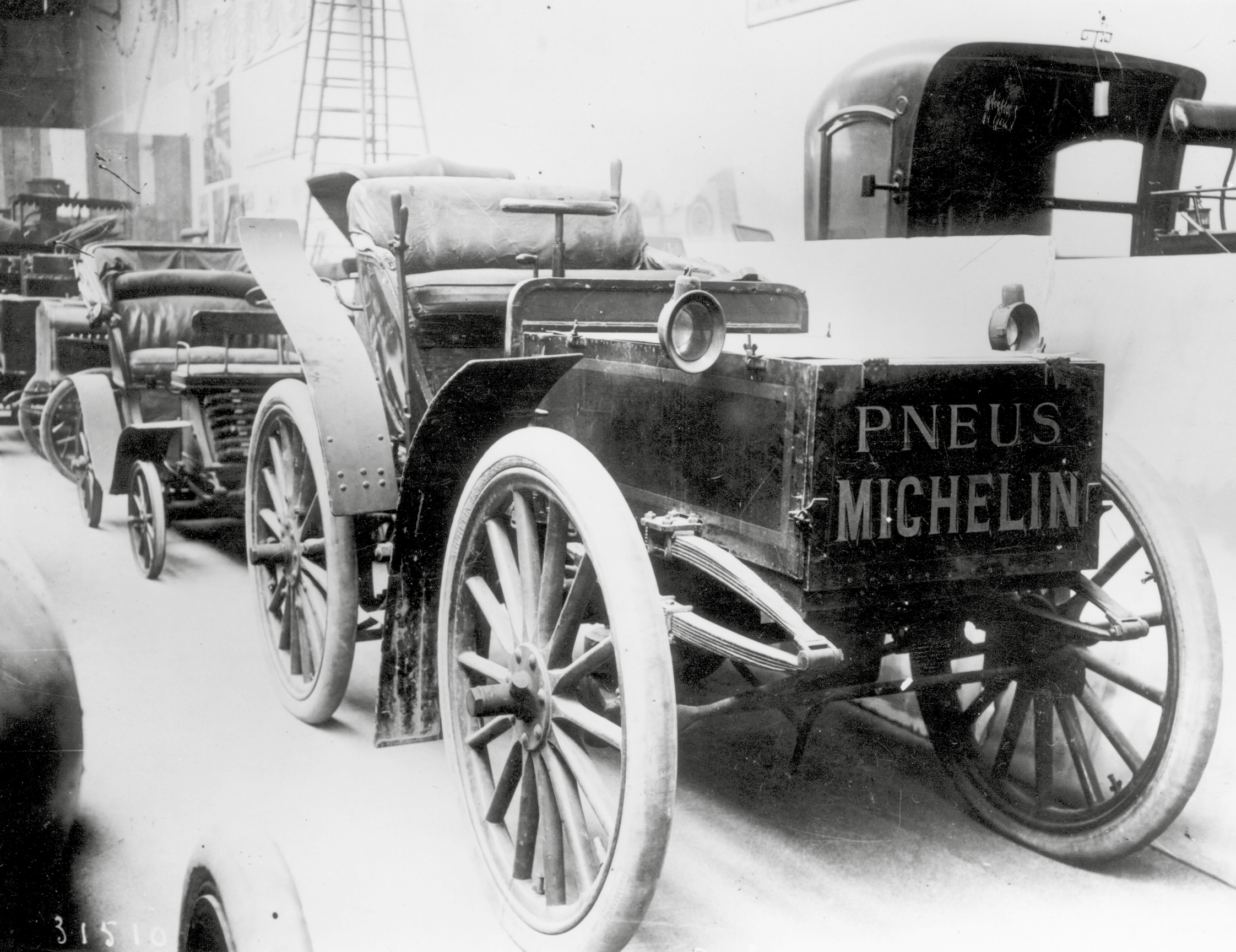
Jeantaud was driven by Comte Gaston de Chasseloup-Laubat to the first official land speed record.
In November 1898 the Automobile Club de France (ACF) sponsored a hill climb at Chanteloup near Paris. Fifty-four cars took part, mostly electrically driven. The race was won by a Belgian, Camille Jenatzy, at 18mph in his electric car.
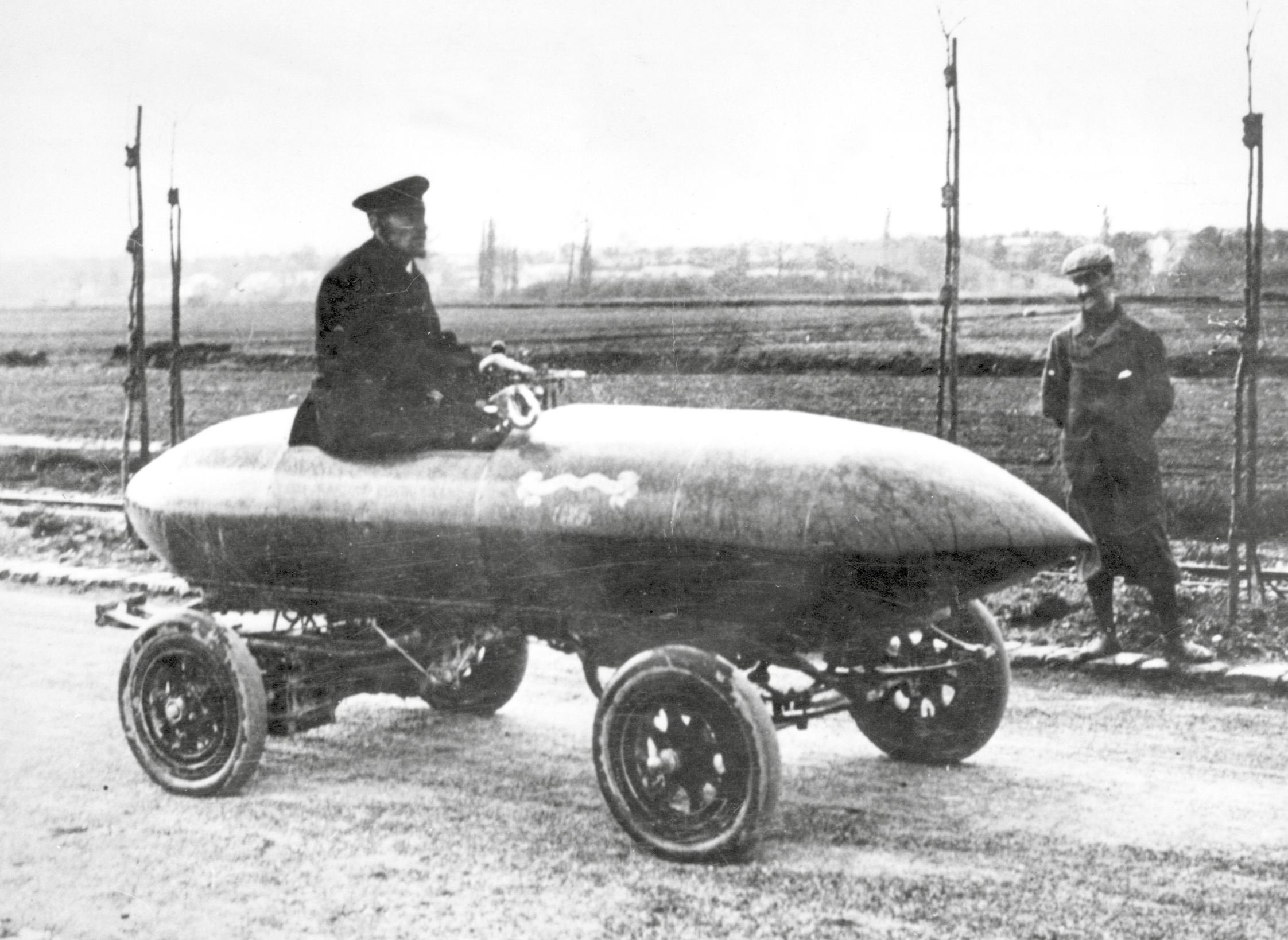
La Jamais Contente with Camille Jenatzy at the wheel. He was nicknamed the Red Devil due to his wild red hair. He broke the record three times.
He had beaten the local favourite, Comte Gaston de Chasseloup-Laubat, who was driving a locally built electric car from the Jeantaud Electric Motor Company. These early vehicles were known as CGA dogcarts and had heavy lead acid batteries.
Chasseloup-Laubat, being a founder member of the ACF, secretly requested a new event to be organised in Agricole Park, Achres, Saint Germain, north of Paris. A 1.2-mile course was prepared and on 18 December 1898 the first world land speed record was established by the Comte in his Jeantaud 36hp electric car with a speed of 39.24mph over the flying kilometre. He had beaten all his rivals (including the new petrol internal combustion engine cars) except Jenatzy, who was unable to attend. The Jeantaud was fitted with the worlds first steering wheel, horizontally mounted, rather than a tiller, like all the other cars had.
Jenatzy immediately took up the challenge and on 17 January 1899 the two met at Achres in an electric car duel. Jenatzy raised the record to 41.42mph. However, the Comte instantly replied with a speed of 43.69mph for his second record. The battle had worn out the batteries in each car, so both had to call it a day!
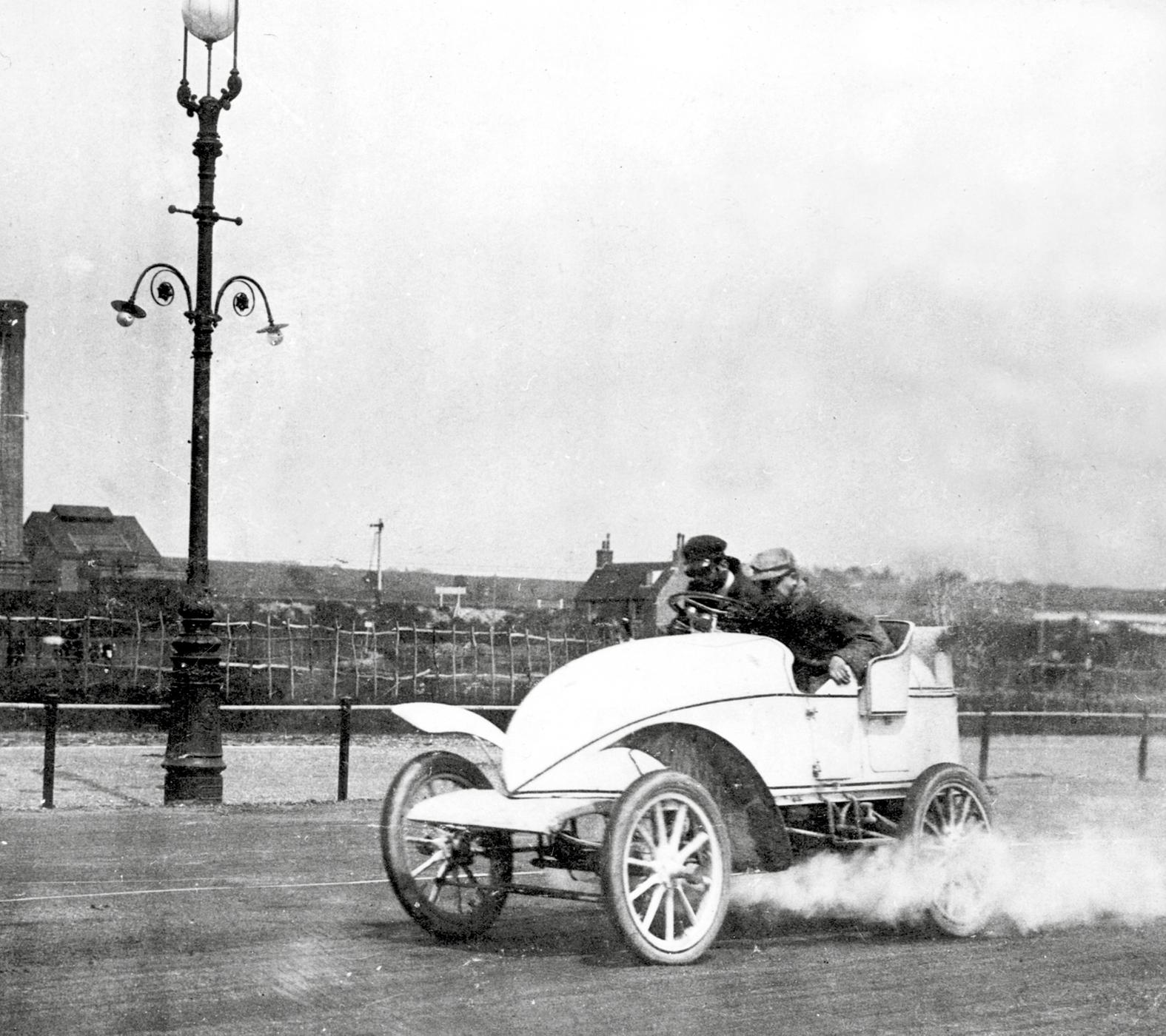
Lon Serpollet at Bexhill in 1902 with his steam-powered Oeuf de Pques or Easter Egg.
On 27 January 1899 Jenatzy returned to Achres on his own and increased the record to 49.92mph. The Comtes initial retort was beset by mechanical and weather issues, but he returned on 4 March with the addition of a pointed nose and tail to Jeantaud. The drivers still sat perched on top of their cars, adding hugely to the aerodynamic drag. This time he increased the record by just under 7mph to 57.60mph.
In the meantime Jenatzy was busy with building the worlds first land speed Special, a car built for the single objective of breaking the record, christened La Jamais Contente (The Never Satisfied). Looking a bit like a cigar on wheels, it represented a basic attempt at streamlining. On 29 April, he increased the record to 65.79mph and became the first person to exceed 100km/h at a speed of 105km/h.
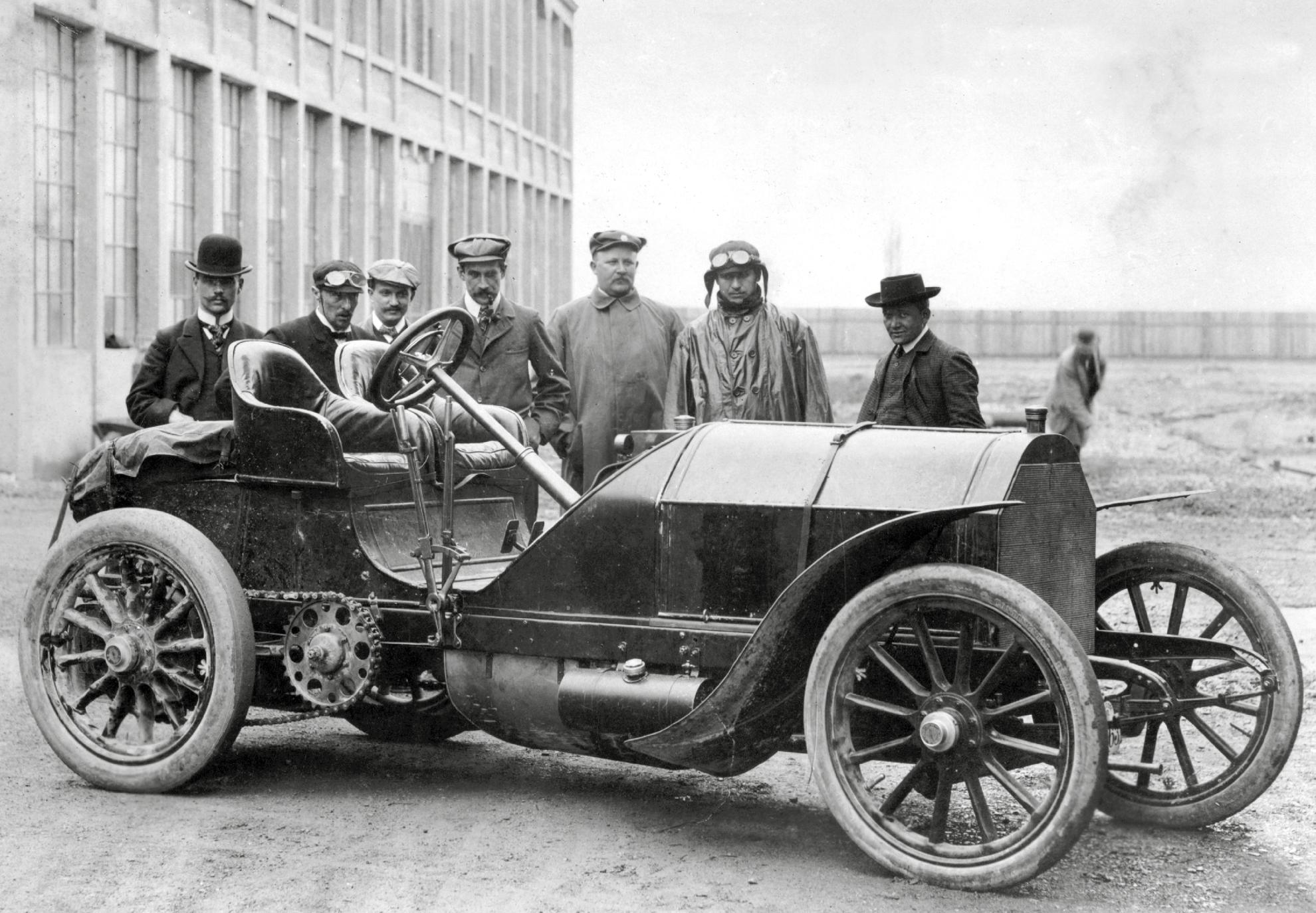
Baron de Caters went on to break the record in this Mercedes in 1904, having exactly equalled Serpollets speed in 1902.
A new competitor entered the fray in 1902: Frenchman Lon Serpollet and his egg-shaped steam-powered car, Oeuf de Pques (Easter Egg). During the speed week held on the Promenade des Anglais on 13 April he increased the record to 75.06mph. This record was exactly matched by Baron Pierre de Caters in July in his petrol-driven French-built Mors.
The first petrol engine able to claim the record was a Mors, driven by American millionaire William K. Vanderbilt on 5 August 1902 at a speed of 76.08mph on a road at Ablis in north-central France.
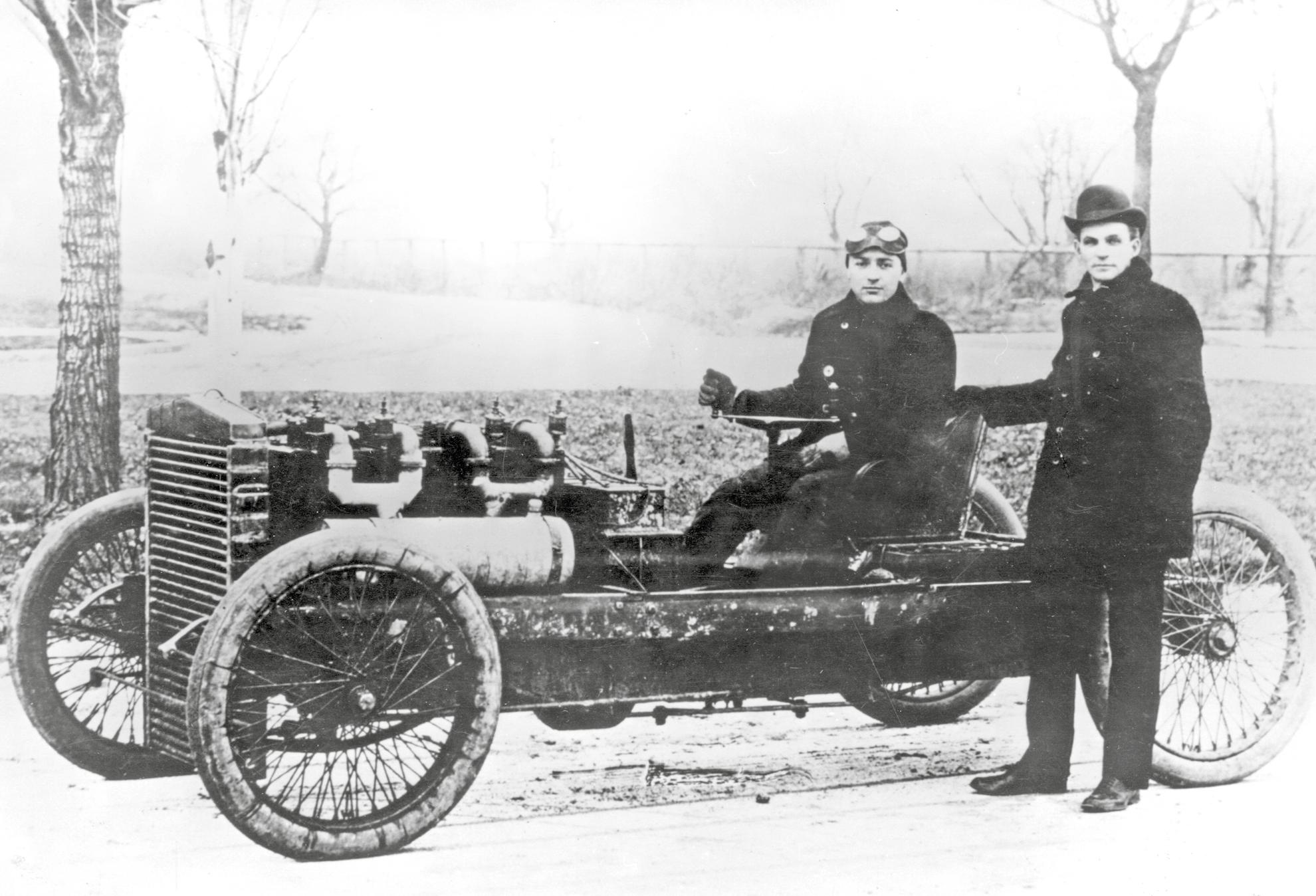
Henry Ford and Barney Oldfield with the Ford Arrow 999 in January 1904. Ford chose a frozen lake for his attempt but the speed of 91.37mph was not recognised by the French authorities. Hot cinders were spread along the course!
The rush was now on to be the fastest man on Earth: on 5 November Henri Fournier driving a Mors pushed the record up to 76.60mph, which was then beaten on 17 November by M. Augires at Dourdan, also driving a Mors, at a speed of 77.13mph.
In the early days of these records there were no rules on how much a previous record must be beaten by, so the record could be pushed up by the smallest of margins.
Also at Dourdan, in early 1903 Arthur Duray broke the record twice at speeds of 83.47mph and 84.73mph in his French-built Gobron-Brilli.
Henry Ford now took an interest, wanting to promote his latest model prior to the New York Motor Show. On 12 January 1904, on the frozen Lake St Clair, Michigan, USA, he achieved 91.37mph driving the very basic Ford Arrow, which was more like an engine and seat attached to a chassis! However, this was not recognised by the French ACF because the timing equipment was not officially authorised.
William Vanderbilt also suffered at the hands of the French authorities: on Daytona Beach, Florida, he achieved 92.30mph, but his speed was also not recognised!
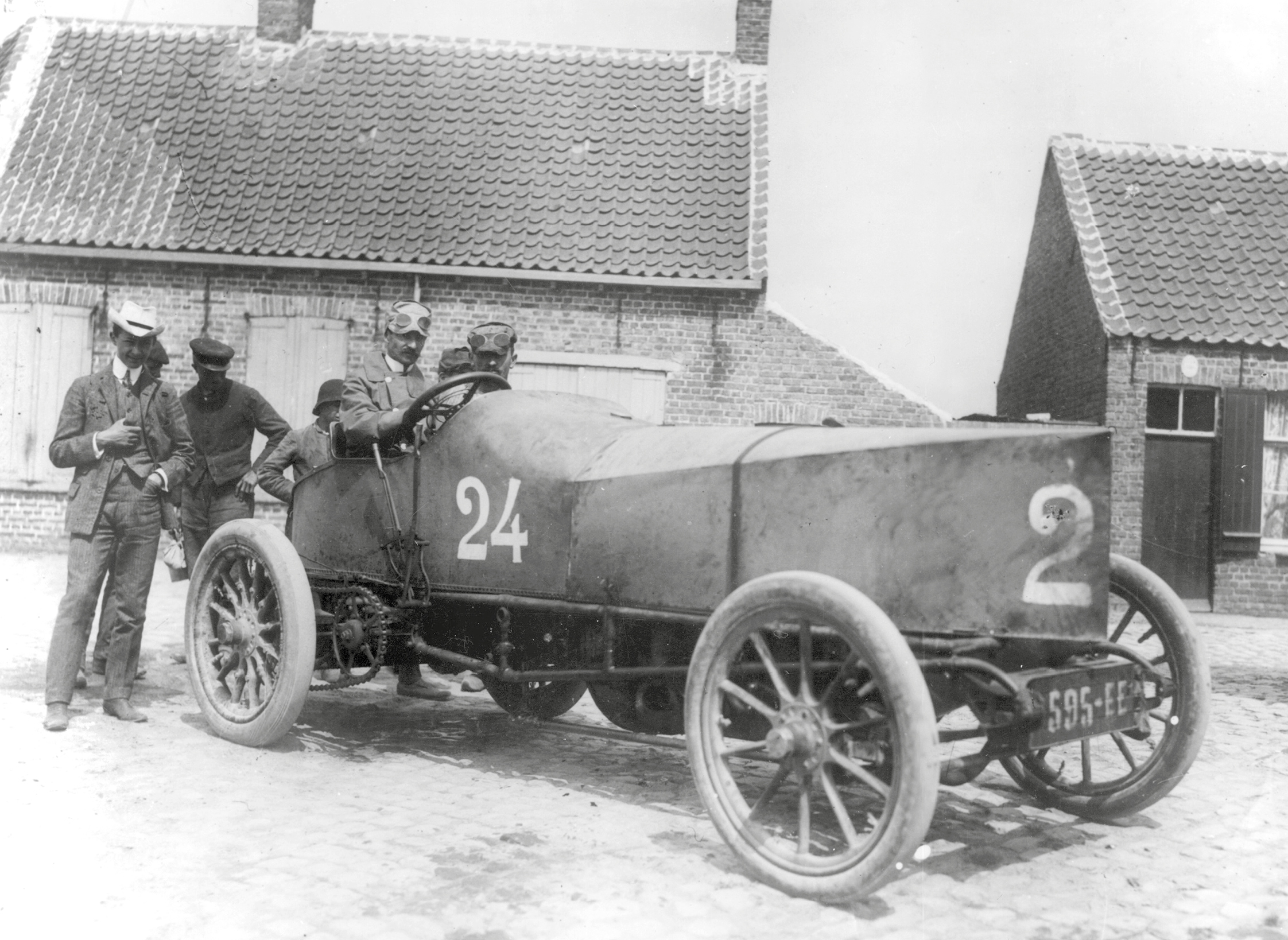
The first car to break the 100mph barrier, a Gobron-Brilli driven by Louis Rigolly in Ostend on 21 July 1904.
The next official record-breaking run was on 31 March back on the Promenade des Anglais in Nice by Louis Rigolly driving a Gobron-Brilli at a speed of 94.78mph.
Having equalled the record in 1902, Baron Pierre de Caters broke the record at last with a speed of 97.25mph at Ostend in a Mercedes on 25 May 1904. He had set his heart on being the first to 100mph but was beaten to it by Rigolly taking his second record in his Gobron-Brilli on 21 July with a speed of 103.55mph, again at Ostend.
Rigolly held the record for only a few weeks before it was increased to 104.52mph by Paul Baras on 13 November in a Darracq, also at Ostend.
THE RACE TO 150MPH AND TO 3 MILES IN A MINUTE
A ttempts on Daytona Beach in 1905 by Arthur MacDonald and Herbert Bowden were still not officially recognised by the ACF. Back in Europe on 30 December 1905 Victor Hemery achieved 109.65mph in a V8 Darracq at Arles in France. Victor Hemery sold his 1909 Vanderbilt Cup-winning Darracq to Malcolm Campbell; this would become the first car named Blue Bird.
Steam made a brief but spectacular appearance in 1906 with a Stanley Steamer driven by Fred Marriott. The Stanley Motor Company was producing hundreds of steam cars in America and they built the Stanley Steamer Rocket, shaped like an upturned canoe and painted red, with Fred Marriott seated in the middle. On Daytona Beach he increased the record by just over 12mph to 121.57mph over the measured kilometre and it became the first vehicle to achieve the milestone of travelling at over two miles in a minute! His mile speed was recorded as 127.60mph but for some reason was not ratified in Paris.



